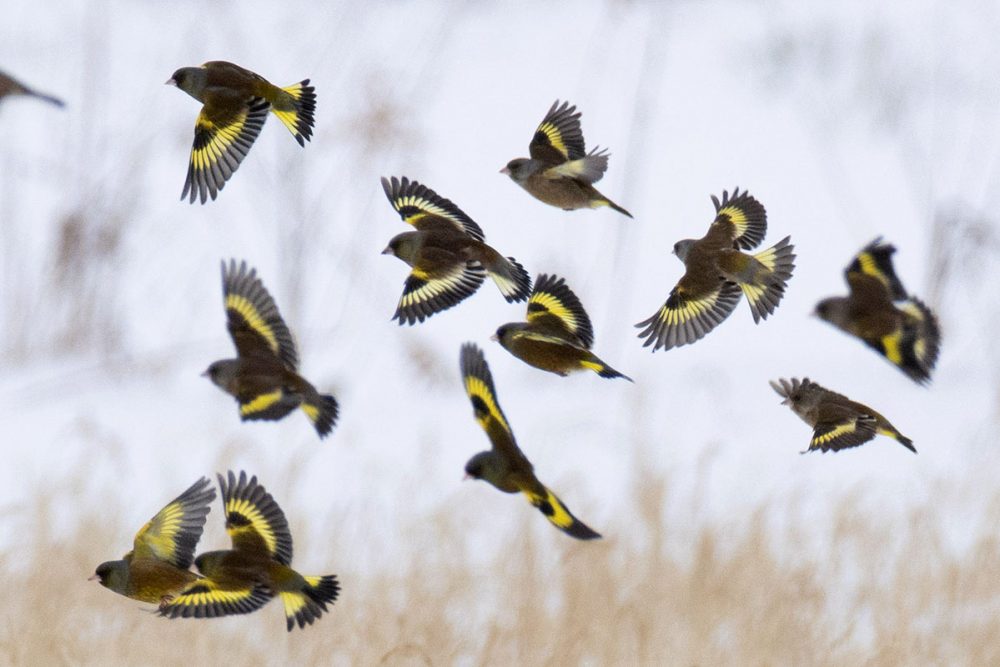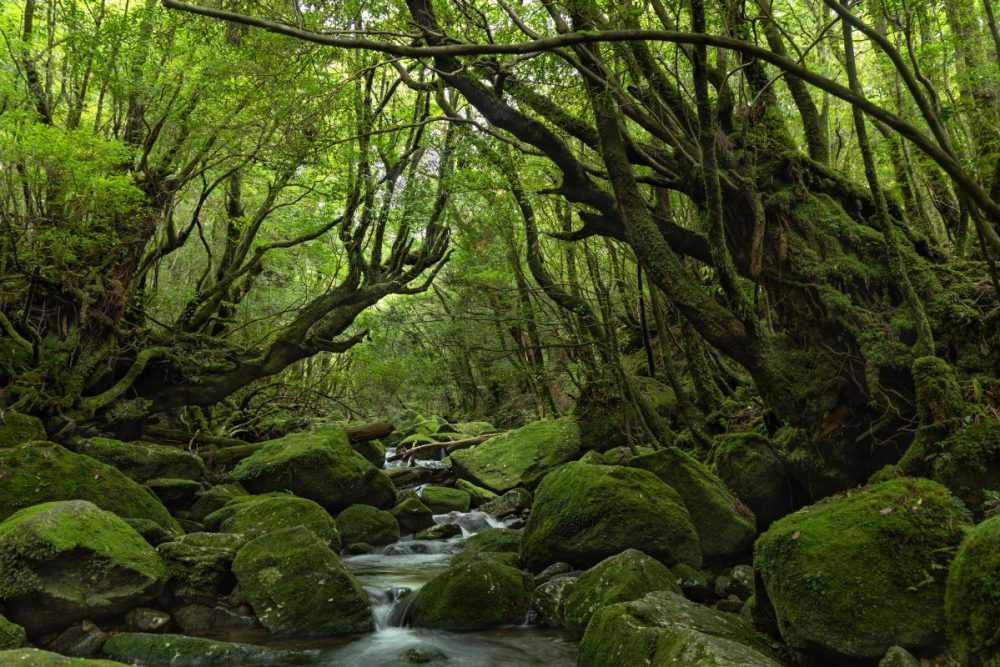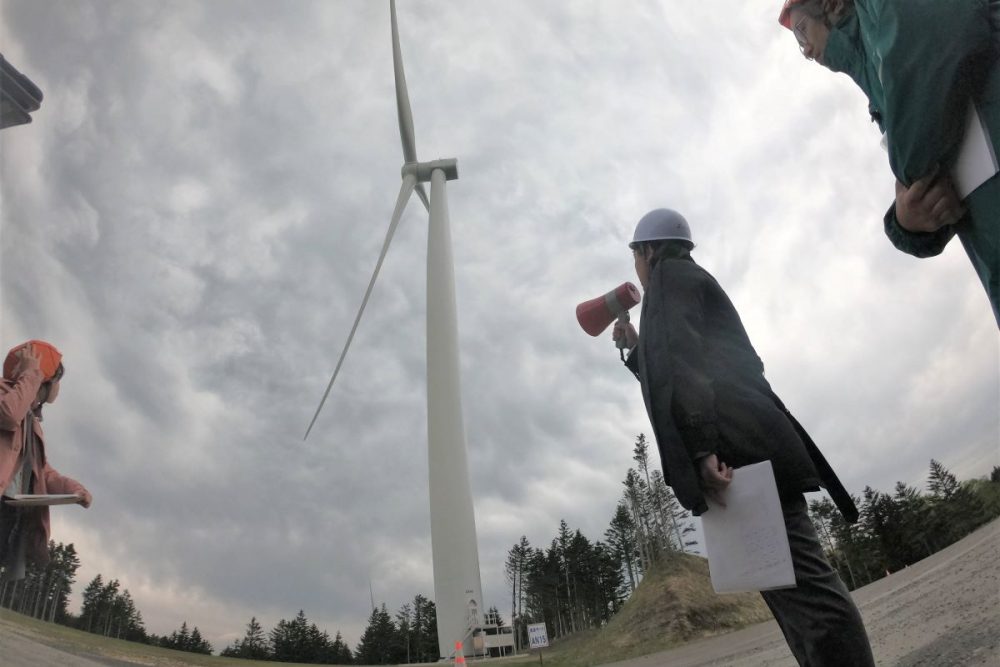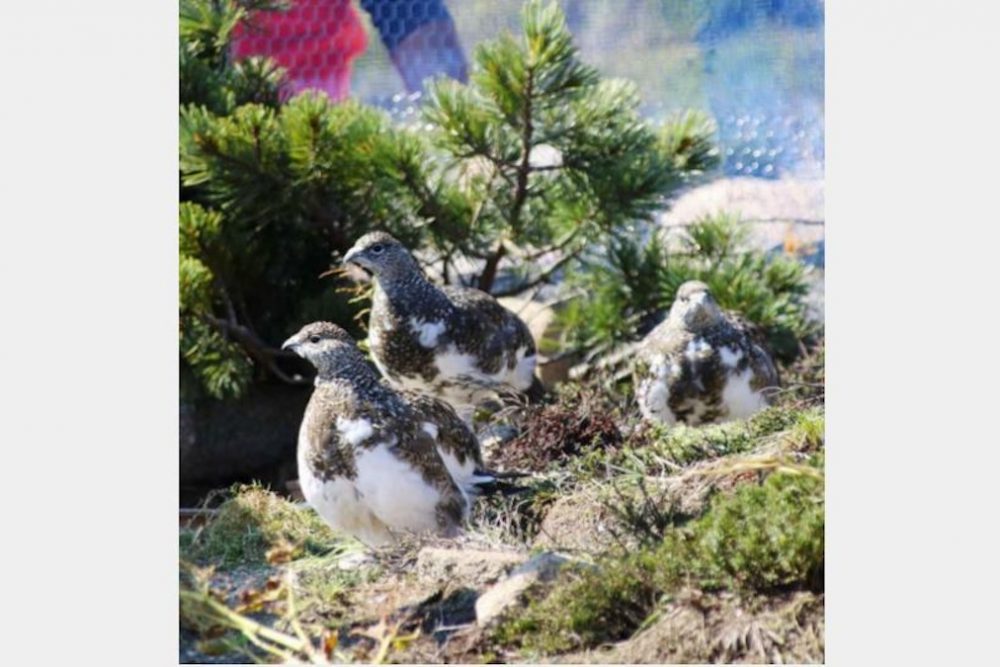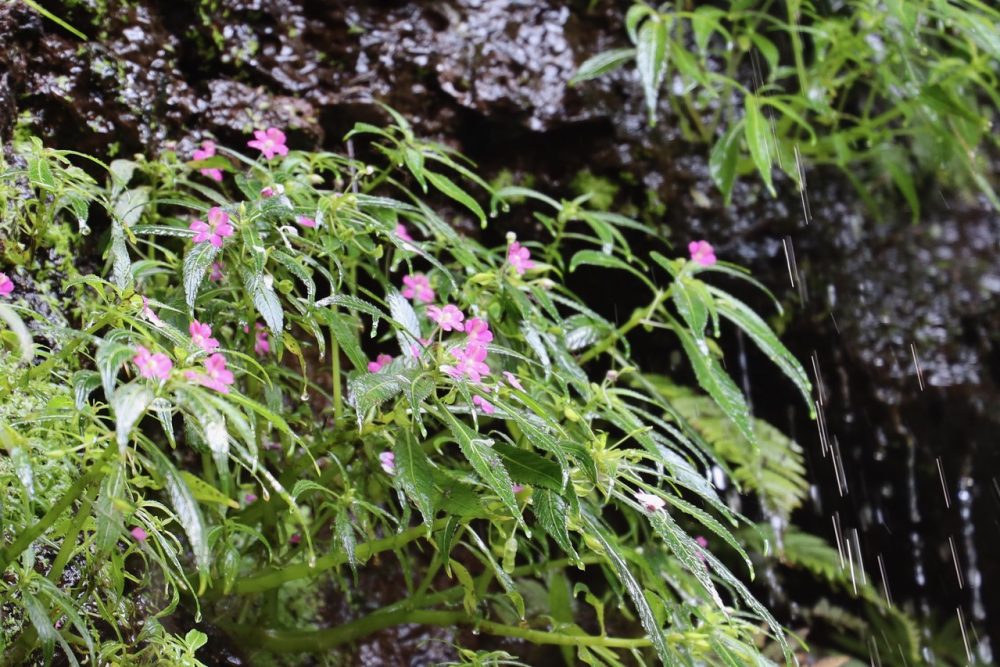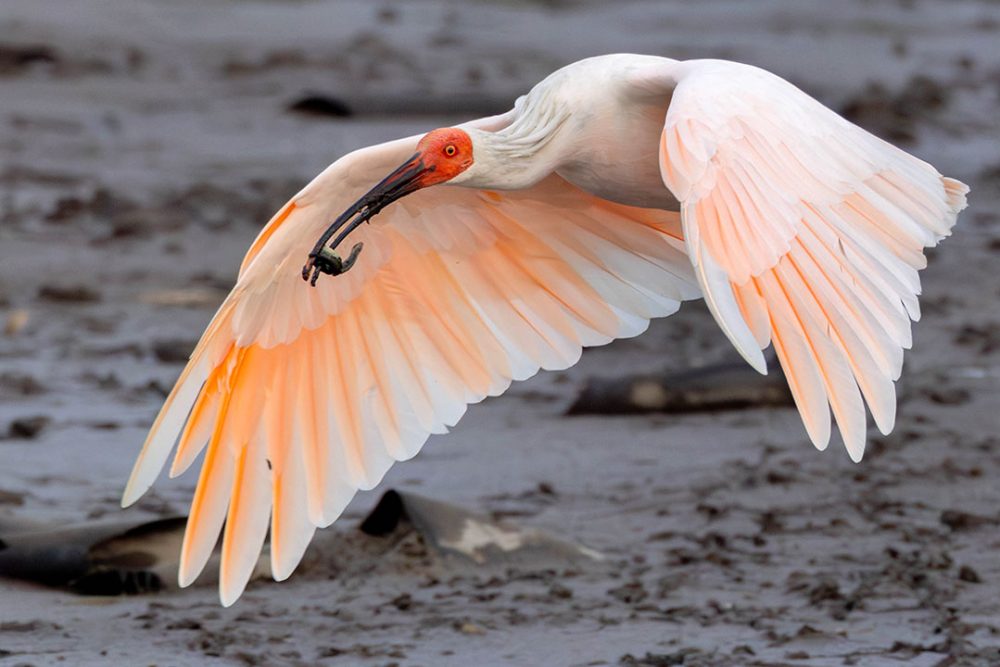Hokkaido's Bears: Harmonious Coexistence Wanted
Bears have taken center stage in Hokkaido this summer. An unusually hot season and food shortages have driven them into urban areas in search of sustenance.
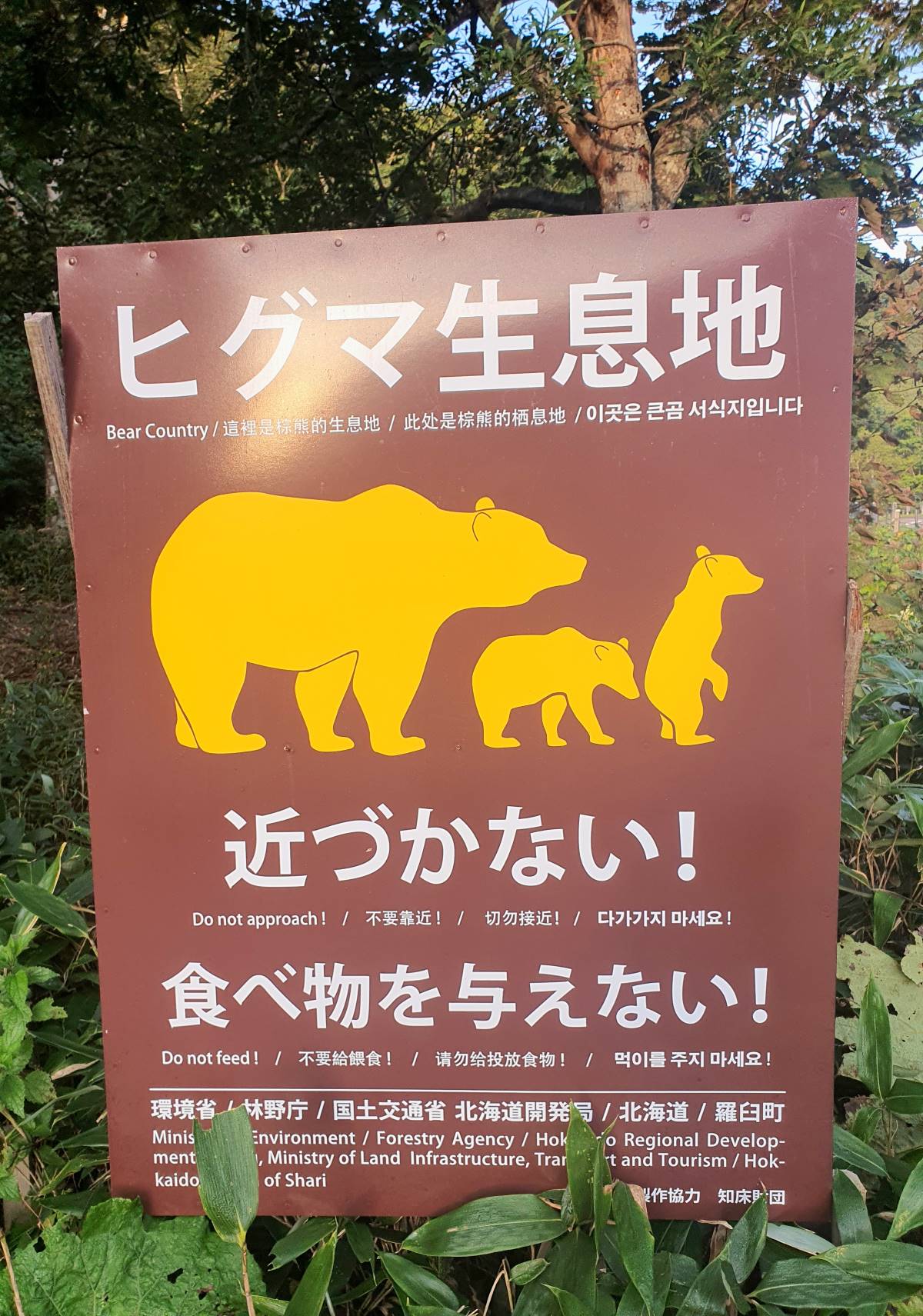
SAPPOROー Parks in the region have been cordoned off with yellow do-not-enter tape, hiking trails closed, and access to popular viewing spots restricted. Hokkaido, Japan's northernmost island, has been on bear alert all summer. And with autumn approaching, sightings are only increasing. Home to more than 11,000 Ussuri brown bears, Hokkaido typically sees little human-bear interaction. But 2025 is different.
A scarcity of food has pushed the animals out of the forests and into cities.
The diet of Hokkaido's bears changes with the seasons — bamboo and tree sprouts in spring, grass, berries, and insects in summer. Those are followed by high-fat foods like tree nuts and salmon in fall to build reserves for hibernation. But this year's intense heat has made food scarce, and packing on the pounds has become difficult. A poor beech nut and acorn harvest has left the bears with little to eat.
As a result, adult bears and their cubs are now venturing into populated areas. They are rooting through household garbage, raiding fields for corn and watermelons, and even stealing grapes from greenhouses.
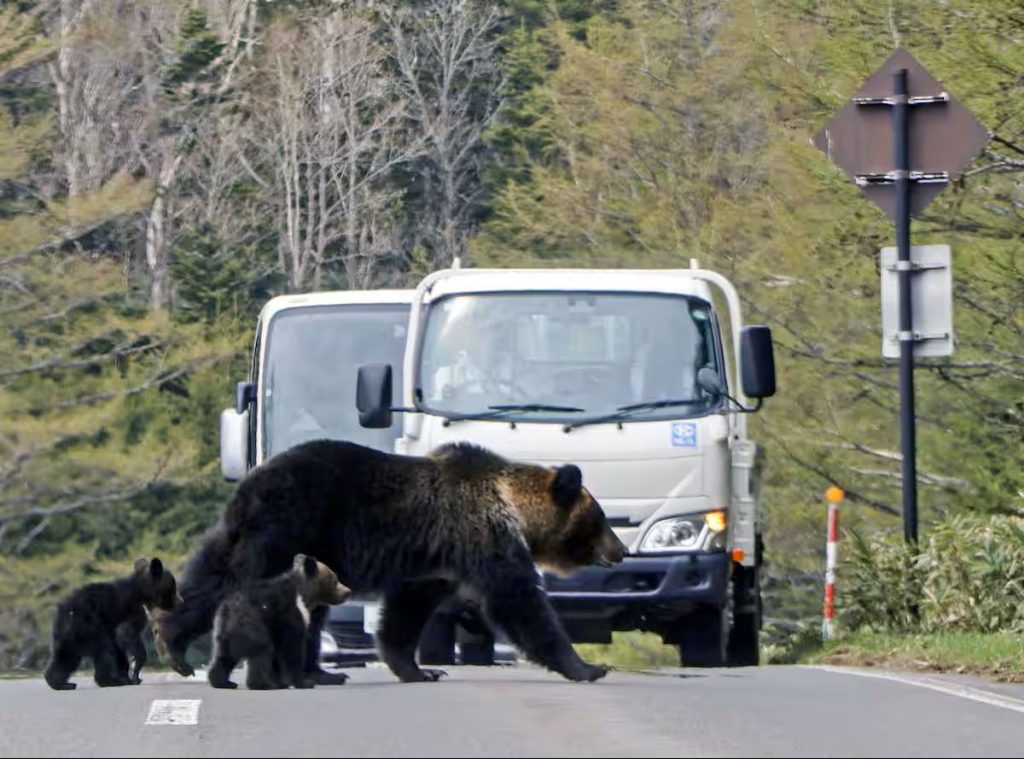
Bear Alert in Sapporo
Encounters are happening in increasingly unexpected places. In mid-September, an elderly couple in Hokkaido were surprised by a furry visitor. They watched in disbelief as a bear climbed through an open window of their home — only to leave via the front door after finding nothing to eat.
Later that month, a man walking his dog in a local park in Sapporo, Hokkaido's largest city with a population 1.2 million, was attacked by a bear. A few days after that, a taxi driver spotted a female bear and her cub strolling calmly down a major road in the city's southern district during the early morning hours.
In September alone, there were more than 48 brown bear sightings in Sapporo. The city responded by issuing an official bear alert.
While the dog walker escaped with a gash on his arm, other encounters have had tragic outcomes. In July, a newspaper delivery man was fatally attacked by a bear in the town of Fukushima, southern Hokkaido.
And in August, a Tokyo office worker was killed while hiking on Mount Rausu on the Shiretoko Peninsula in eastern Hokkaido. The 26-year-old office worker had encountered a mother bear and her cub on a blind curve of a narrow trail. His hiking companion, trailing some 100 meters behind, could do nothing but watch as the bear dragged the victim into the woods.
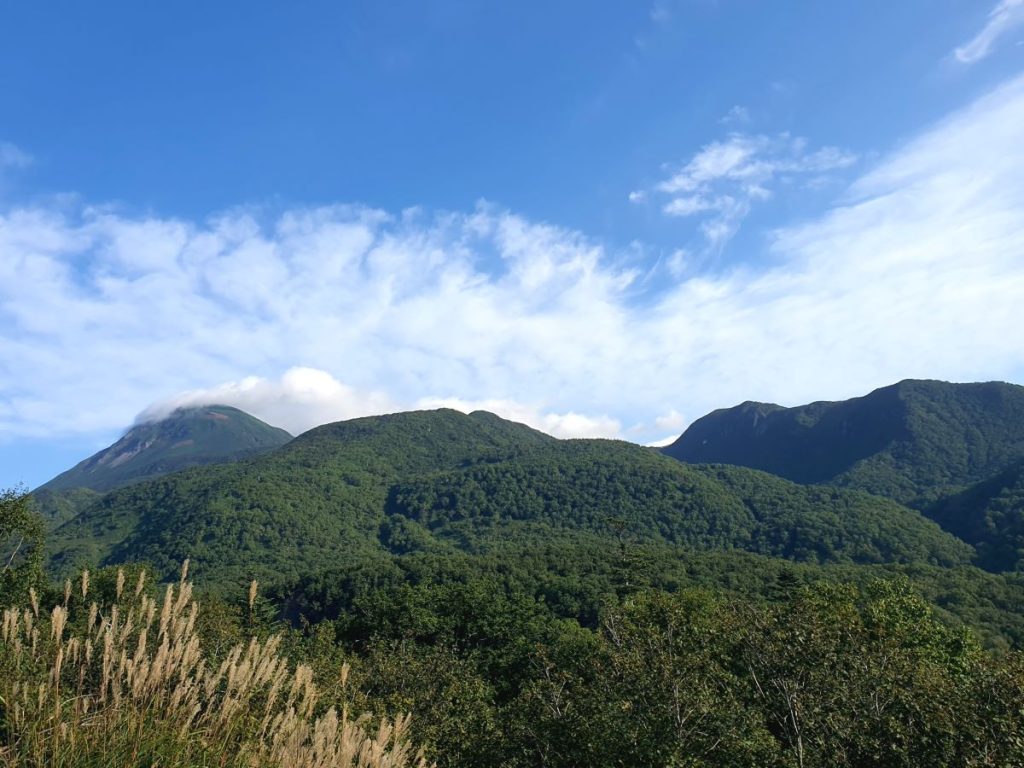
First Fatal Encounter in Shiretoko National Park
Home to an estimated 400 to 500 brown bears, the Shiretoko Peninsula is mainly designated as national parkland with large parts accessible only by foot or boat. Until 2025, the UNESCO World Heritage Site had never recorded a fatal bear attack.
Tourism is a major part of the local economy, so officials are taking steps to prevent further incidents. Patrol cars have been deployed to monitor for bears — and for humans trying to feed them.
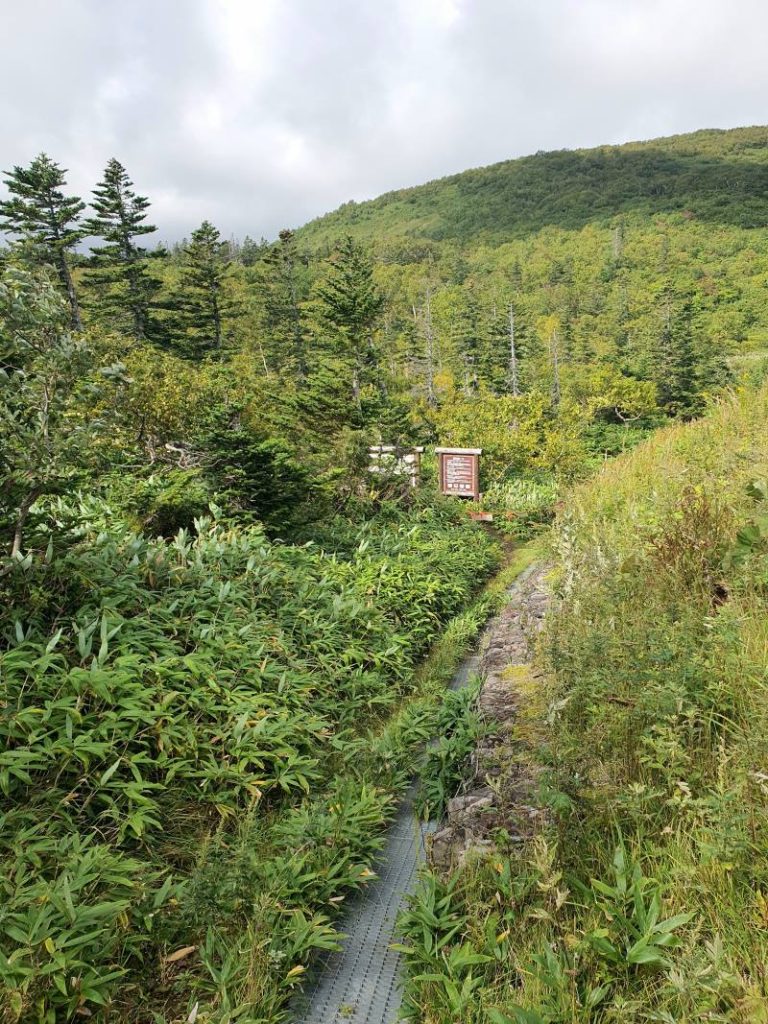
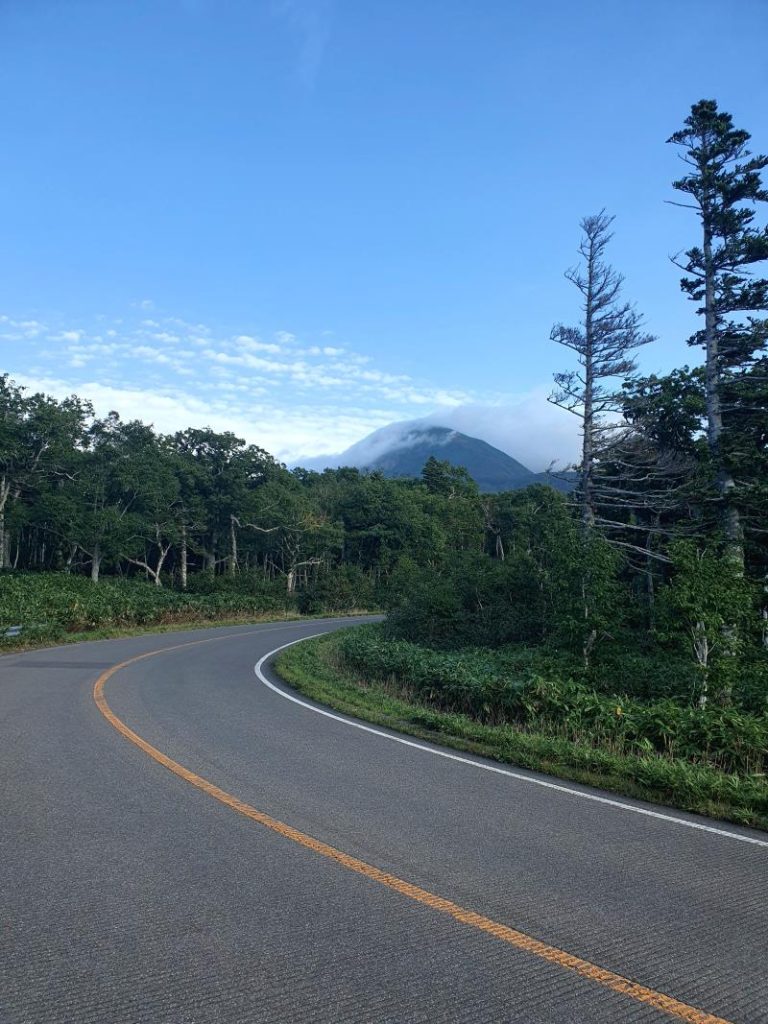
From May to late October, the Shiretoko Pass connecting Rausu on the eastern side of the peninsula with Utoro on the western side attracts many visitors. Tourists come for the stunning views of Mount Rausu and Kunashiri Island across the Nemuro Strait — and also hope to catch a glimpse of bears from the safety of their cars during the 30-kilometer scenic drive. Despite laws prohibiting animal interaction, some motorists feed bears, teaching them that people are a source of food.
Takahiro Okano, from the Kushiro office of Japan's Ministry of the Environment, is not amused by such behavior. "People treat the bears like personal possessions," he said during a local press conference in September. "The animals have become accustomed to humans who ambush them, photograph them, and feed them."
Although his agency manages the national park, there's little it can do to stop reckless tourists and photographers from getting too close.
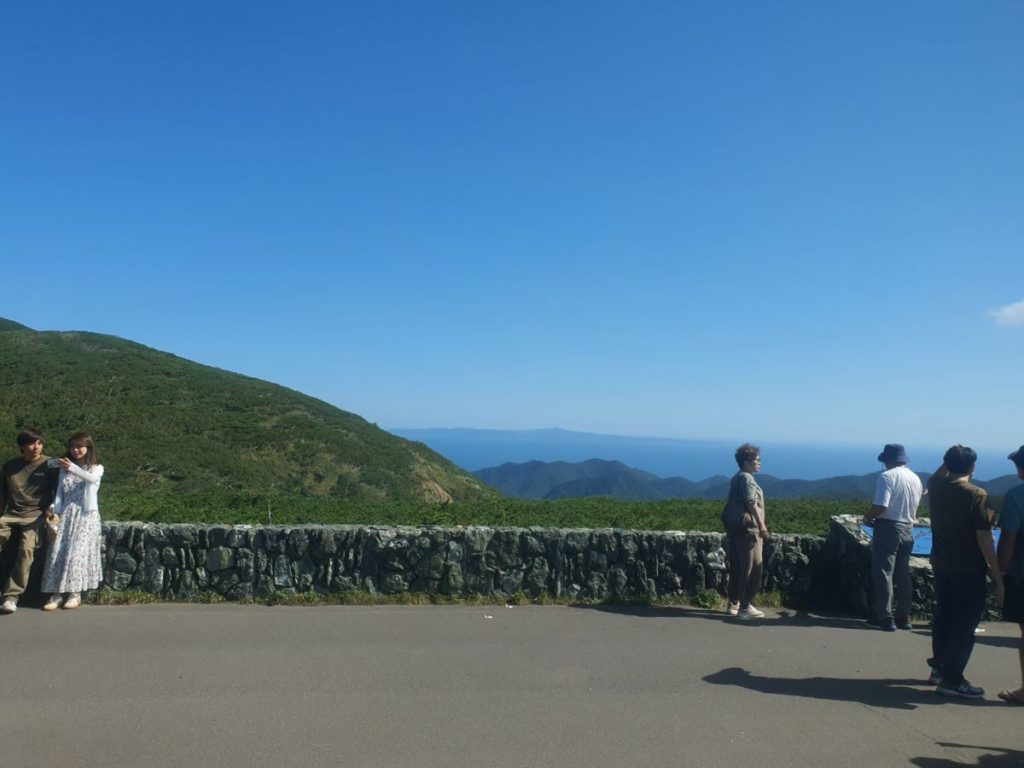
A Call for Respect
Some locals believe the problem runs deeper. "People start climbing mountains very early in the morning with headlamps. And often continue hiking even after dark," says Natsumi, a hiker from Sapporo. "We need to live in harmony with nature."
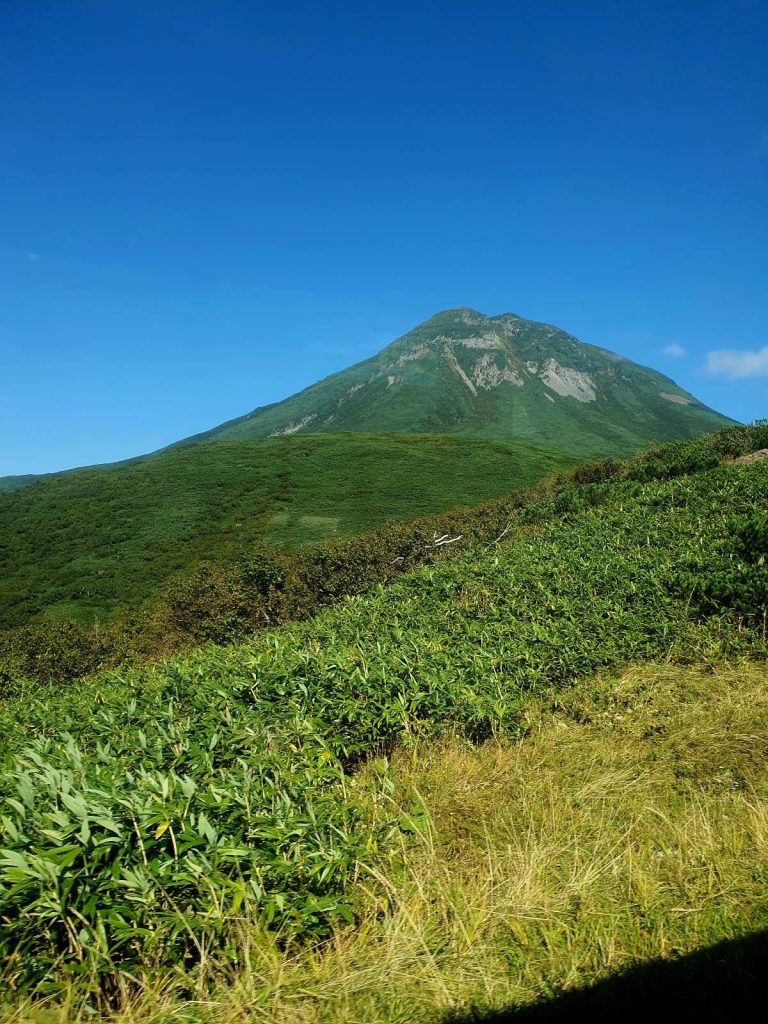
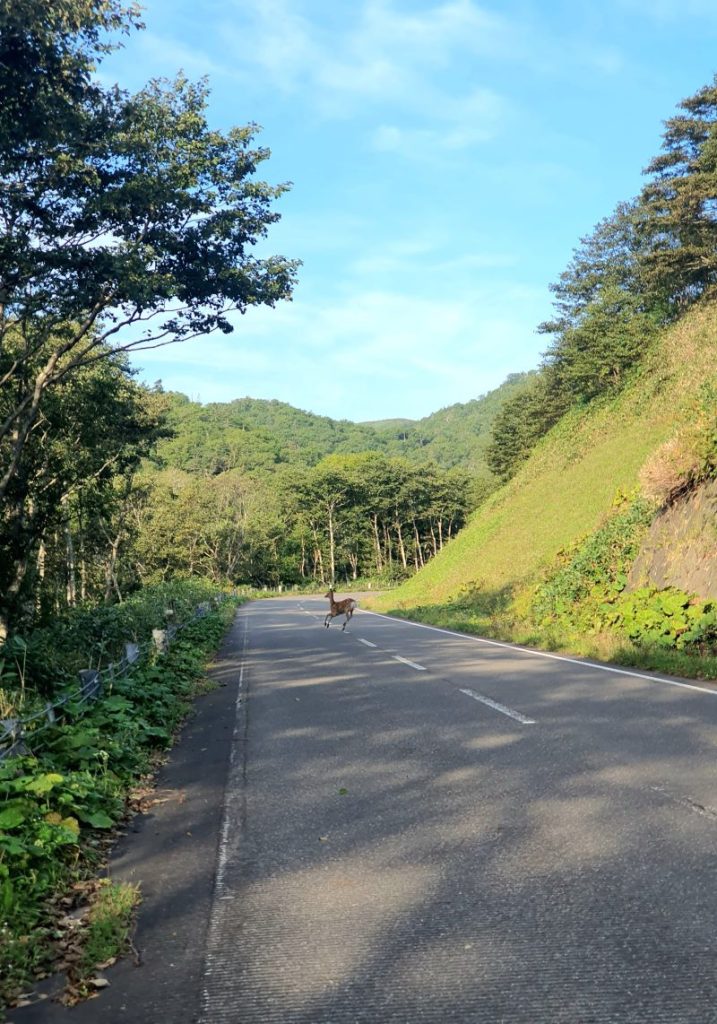
To her, the wilds of Hokkaido are increasingly treated as just another playground — where speed and performance matter more than the beauty of being in nature.
The bears, already stressed by heat and hunger, now face additional pressure as humans disturb their habitat day and night. Still, in Rausu, a small town bordering Shiretoko National Park, many residents remain unfazed. "Bears don't really come into town," says a local woman who runs a small café, trying to reassure visitors.
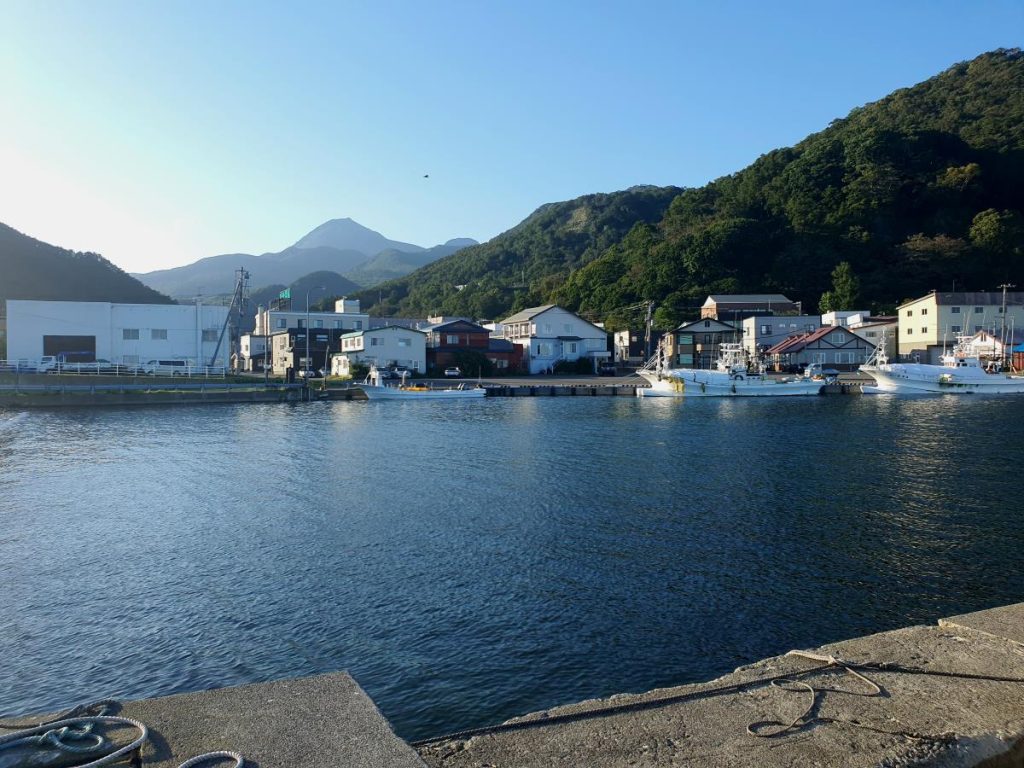
RELATED:
- As Bear Attacks Rise, Hokkaido Struggles to Balance Safety and Coexistence
- Protect People from Bears, but Not Just By Shooting
- Expert Insights into Japan's Bear Attacks: Run or Play Dead?
Author: Agnes Tandler (Sapporo)






